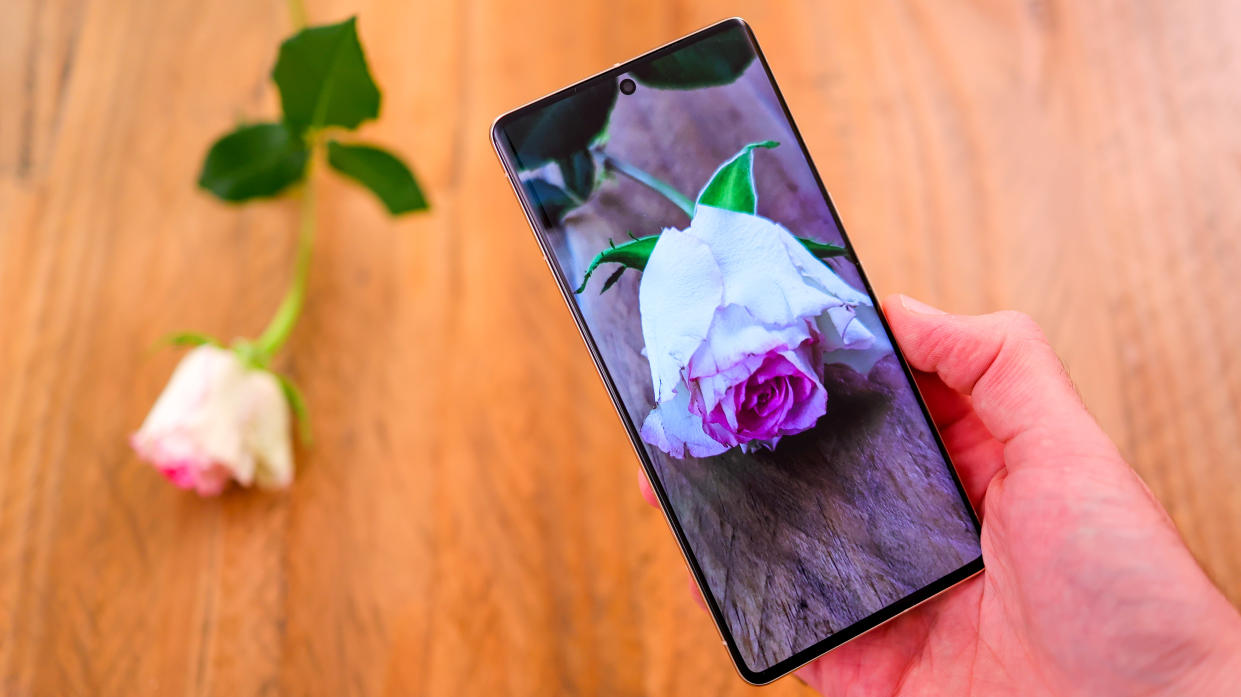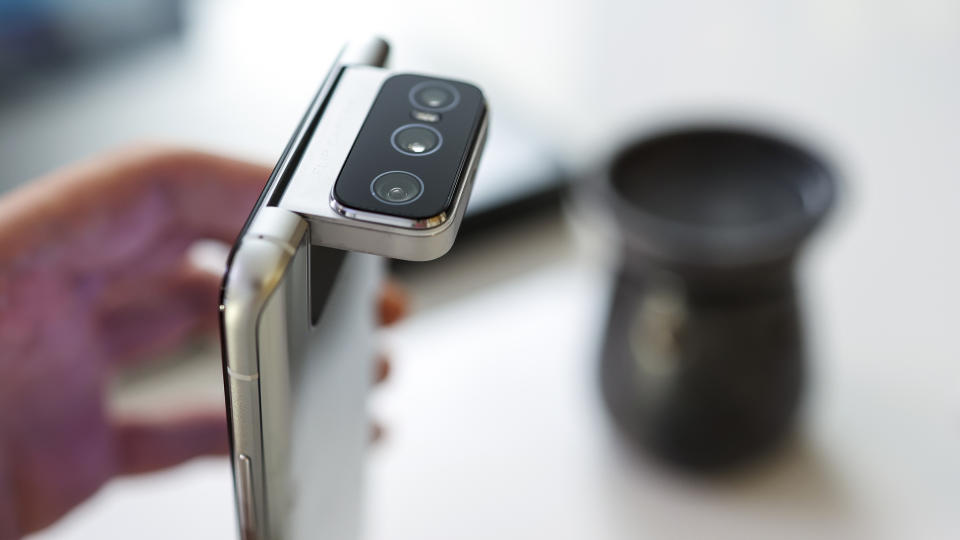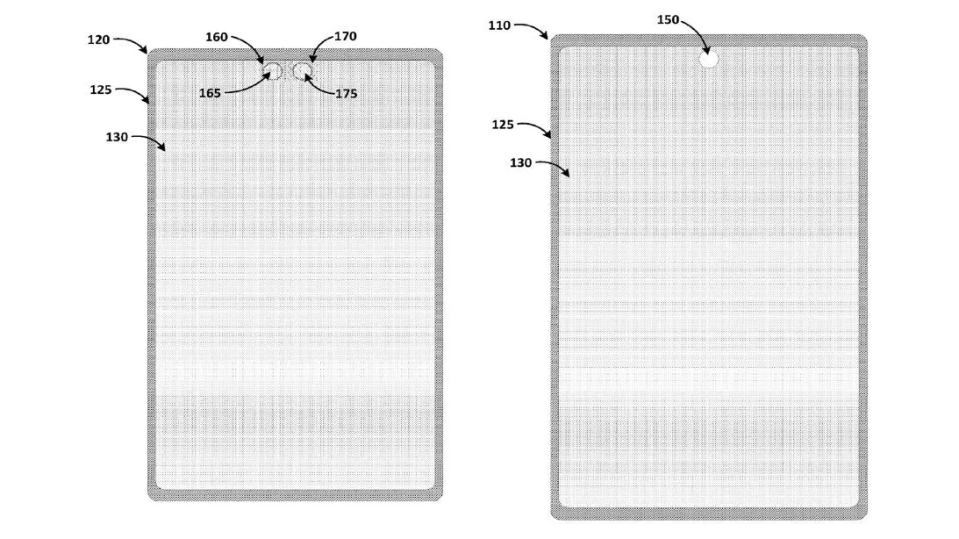Leaked patent suggests Google is working on an incredible new selfie camera

Details have emerged that Google could be devising a new form of under-screen front-facing camera for future Pixel phones. If the recent patent application translates into a successful implementation of the technology, it'd mean a clean, notch-free display.
The best camera phones always have a front-facing camera, which is handy not just for taking selfies, but also for features like face unlock. However, as useful as the selfie camera is, it invariably has a negative impact on screen real estate, and the overall phone aesthetic. Smartphone design is all about maximising the 'screen to body' ratio, with the slimmest possible bezels. Historically that's not quite been possible, as the display has had to make way for the selfie camera, whether that be in the form of a notch, or a punch-hole. Some manufacturers have devised more creative solutions, like the OnePlus 7 Pro which featured a pop-up selfie camera, or the Asus Zenfone 8 Flip that was able to flip its entire rear-facing camera module forward when you wanted to take a selfie.

But mechanical moving parts in a phone are always potential weak points, while also adding extra bulk. The ultimate solution to eliminating the screen notch is an under-display selfie camera, which we've seen recently in phones like the Samsung Galaxy Z Fold 5. It's technically challenging, however, as the display mustn't show any image imperfections as it passes over the camera lens, yet it simultaneously can't obstruct light entering the camera beneath. Something of a 'Catch-22'.

Google's patent shows an innovative take on the under-screen camera. Rather than using a single camera, which can compromise display quality in the area that passes over the lens, Google's design would use a pair of cameras, with each positioned behind two specific regions of the display. Each display region would feature a special material to block light in specific patterns; patterns which correspond to what the camera sensor behind has been tuned to capture. One sensor could then record specific information like sharpness, and the other color or monochrome data, with machine learning then combining these components into a single complete image. By splitting the image into separate elements like this, the display passing over each under-screen camera is presumably less compromised than if it was covering a single camera, thereby potentially reducing the impact on display quality.
It all sounds pretty ambitious, but as this is currently just a patent application, there's no guarantee if, let alone when, the theory may translate into actual hardware. If Google can turn a completely invisible under-screen camera into reality, it'd be quite a feat of engineering.
Story credit: Forbes
Read more:
The best Google Pixel phones
The best camera phones
The best burner phones
Which is the best iPhone for photography?
The best budget camera phones

